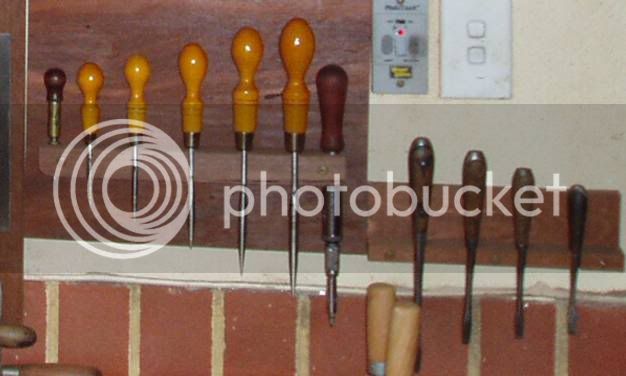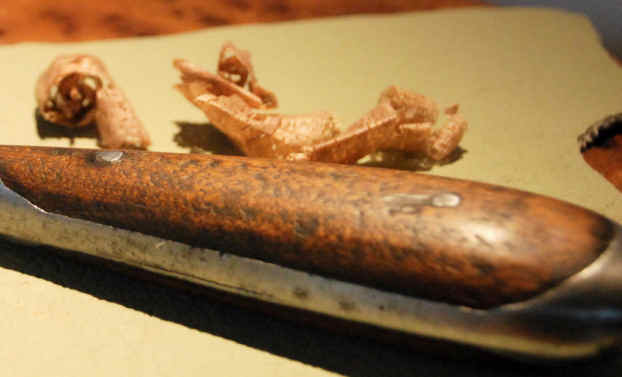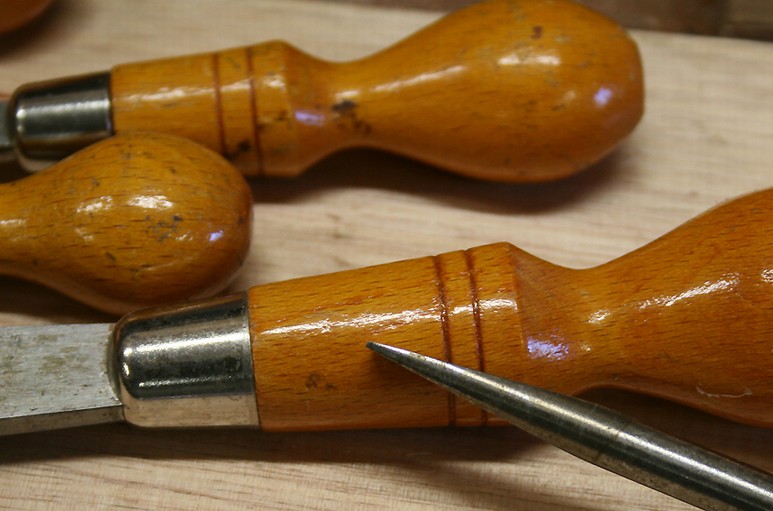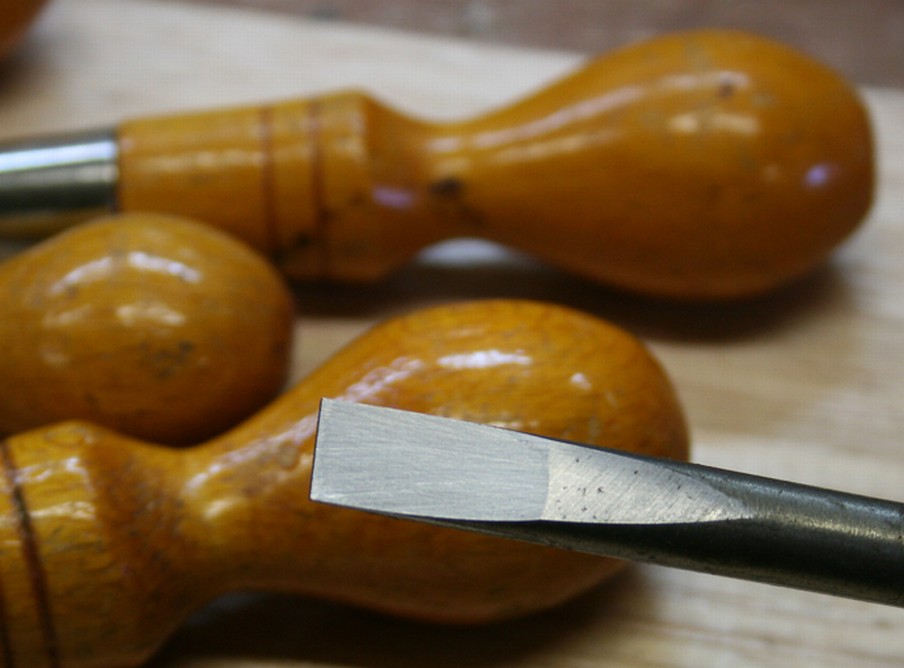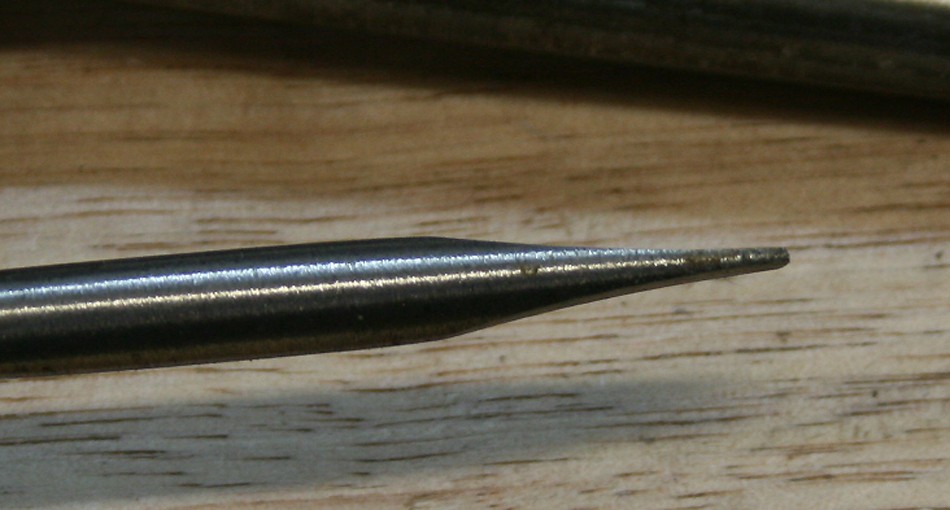jimi43
Established Member
Hi All...
Today's only find at a small bank holiday bootfair was this fine screwdriver:
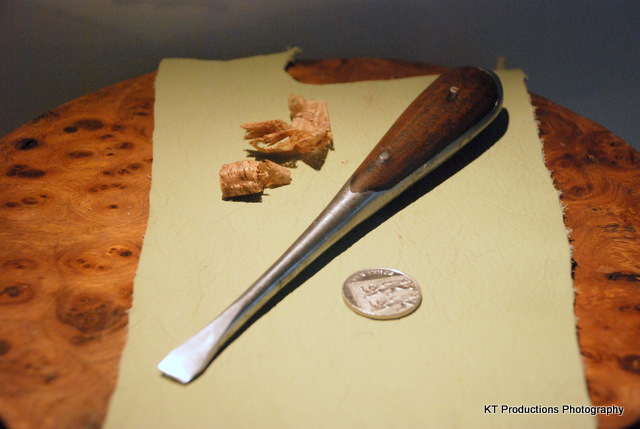
It is so beautifully made and feels perfectly balanced...
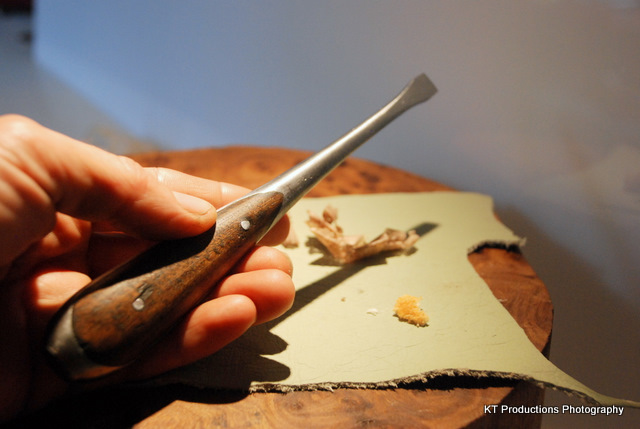
It was strangely used in the motor trade by the looks of it as it was totally black when I got it and ingrained....not just covered in old engine oil!
Took a while to get all the gunk off but it was worth it and it appears to have preserved it...
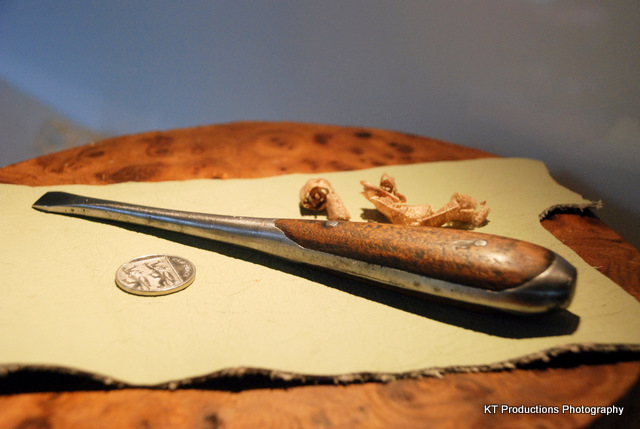
It's going to take a few more tries on the wood to get all the old black oil out but I think it will be beautiful wood...I am not sure what the wood is...because of the blackening...
Help to identify the age of this type of chisel....I suspect Victorian...
Perhaps Gary would know (OldTools) if you are around mate?
Jim
Today's only find at a small bank holiday bootfair was this fine screwdriver:

It is so beautifully made and feels perfectly balanced...

It was strangely used in the motor trade by the looks of it as it was totally black when I got it and ingrained....not just covered in old engine oil!
Took a while to get all the gunk off but it was worth it and it appears to have preserved it...

It's going to take a few more tries on the wood to get all the old black oil out but I think it will be beautiful wood...I am not sure what the wood is...because of the blackening...
Help to identify the age of this type of chisel....I suspect Victorian...
Perhaps Gary would know (OldTools) if you are around mate?
Jim

































